According to Mr. Pham Quoc Viet, Captain of the FAS Angel First Aid Support Team, fire escape skills are still an area that many people take lightly or do not pay enough attention to. We easily spend a few million VND to watch music or movies but do not spend time on important skills training courses. Many people think that accidents do not happen often, but when they happen, do we have the ability to save ourselves and our loved ones?
Rescue sunken ship in Quang Ninh .
“What I want to emphasize most is that escape skills must always be put first, to prevent potential risks when operating at sea. This knowledge is drawn from the practical experiences of the people, very concise, easy to remember and useful,” Mr. Viet shared with Knowledge and Life.
Equip yourself with essential skills for self-rescue at sea
Seafarers, especially fishermen and owners of small fishing and tourist boats, need basic survival skills to protect themselves in dangerous situations.
First of all, proficient swimming skills are indispensable. Seafarers need to know how to swim, float and stay warm in the water to maintain their health when falling into the sea. In addition, basic first aid and emergency skills are very important, such as how to treat wounds and perform artificial respiration for drowning people.
Mr. Pham Quoc Viet instructs first aid skills. Photo: NVCC.
In addition, the proficient use of safety equipment such as life jackets, life buoys, flares, walkie-talkies and compasses also contributes to saving lives. Survival skills at sea, including making distress signals, collecting fresh water, finding food and building shelters, are also essential. Finally, people must be familiar with maritime safety rules, know how to inspect boats, plan trips and handle situations of fire or breakdown on board.
Being fully equipped with these skills not only helps protect yourself but also helps rescue people in emergencies at sea.
Stay Warm and Avoid Cold Shock: Essential Survival Tips
One of the biggest dangers of falling into the sea is cold shock due to prolonged exposure to cold seawater. To maintain body temperature and limit this risk, Mr. Viet advises everyone to minimize unnecessary movements.
The most effective posture to keep warm is HELP (Heat Escape Lessening Posture) – that is, pull your knees up to your chest and hug your legs with your arms when you are alone. If there are many people, the Huddle position (hugging close together) helps the group retain heat better.
In addition, it is necessary to keep the head and neck above water, wear as much clothing as possible, even if the clothes are wet because the layer of clothing will create an insulating layer to protect the body. Absolutely do not drink sea water to avoid dehydration and electrolyte imbalance. Stay calm, control your breathing to save energy and avoid panic.
If possible, cling to floating objects or seek shelter to reduce direct exposure to cold water.
Notes when saving someone who is choking on water
When discovering someone choking on water, quickly assessing the victim's condition is the top priority. The rescuer needs to check if the victim is conscious and can cough to determine the severity.
If the victim is still conscious and coughing, encourage them to cough hard to push water out of the airway. Never turn them upside down or do abdominal thrusts as this can make the condition worse.
In case the victim is unconscious or shows signs of respiratory or cardiac arrest, call 115 immediately and perform cardiopulmonary resuscitation (CPR) including chest compressions and mouth-to-mouth resuscitation if the rescuer is skilled. After first aid, keeping the victim warm is very important to prevent secondary drowning.
Finally, the rescuer must also ensure his own safety, avoiding falling into further dangerous situations.
Secrets to safe escape when the ship sinks
In the event of a sinking ship, the most important thing is to remain calm. Immediately put on a life jacket and quickly find the nearest escape route, preferably using a life buoy or life raft available on board.
Mr. Viet emphasized that he absolutely should not go back to get personal belongings, because that would be both time-consuming and dangerous.
When leaving the ship, jump into the water feet first and stay away from the ship to avoid being sucked into the submerged part. Then swim about 100-200 meters away from the ship to ensure safety.
Gather with other survivors and adopt the HELP or Huddle position to stay warm and signal for help. Minimize seawater intake and do not swim aimlessly to conserve energy.
Mr. Dao Van Hien, Deputy Director of the Maritime Search and Rescue Coordination Center Region 1, recommends that when a boat capsizes or sinks, passengers need to stay calm and quickly put on raincoats or jackets if available, to keep their bodies warm.
If you are below deck, find a way to escape, including breaking the door if necessary. If there is no life raft or lifeboat, hold on to any floating object to keep yourself from sinking. After entering the water, quickly swim away from the sunken area to avoid being sucked in and look for items that can be salvaged such as food and water.
If you see an oil slick, swim away immediately because this area is at high risk of fire. Watch the sky, if you see seabirds flying in the afternoon, they are usually heading towards the mainland. When swimming, swim on your back, using only your legs to reduce heat loss; your arms should be folded in front of your chest to keep warm.
Victims need to stay alert, not give up, try to encourage each other by thinking about family and loved ones and believe that they will survive until rescuers arrive.
Source: https://khoahocdoisong.vn/chuyen-gia-chi-ky-nang-song-sot-khi-tau-chim-post1556335.html


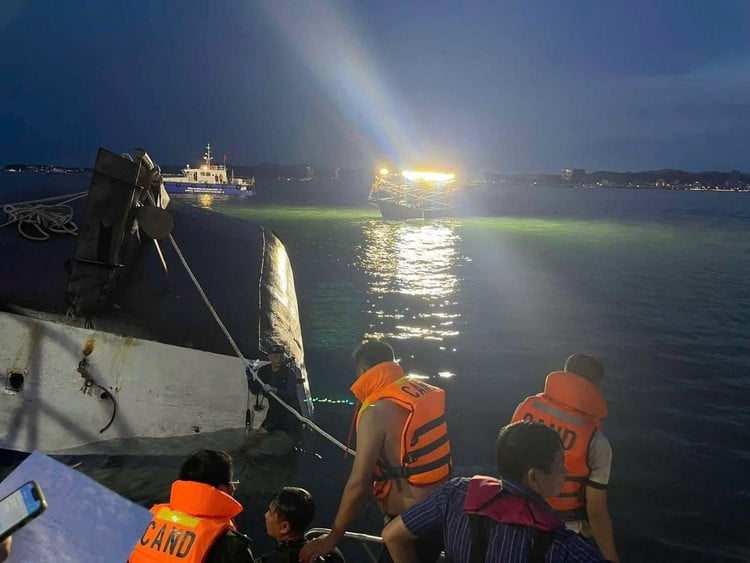
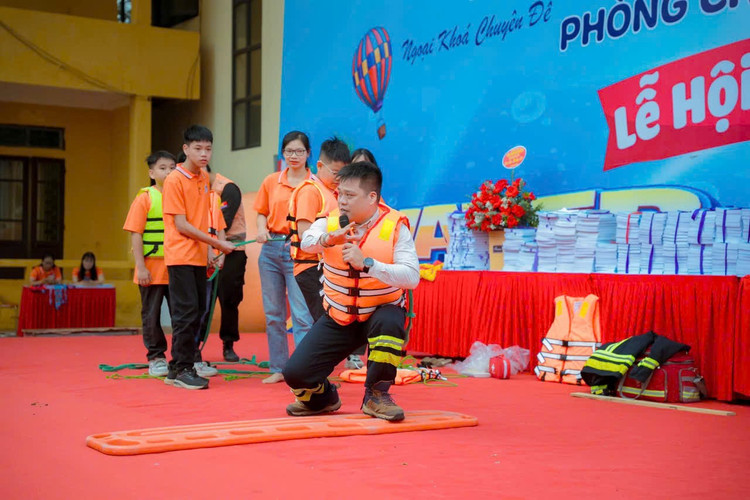






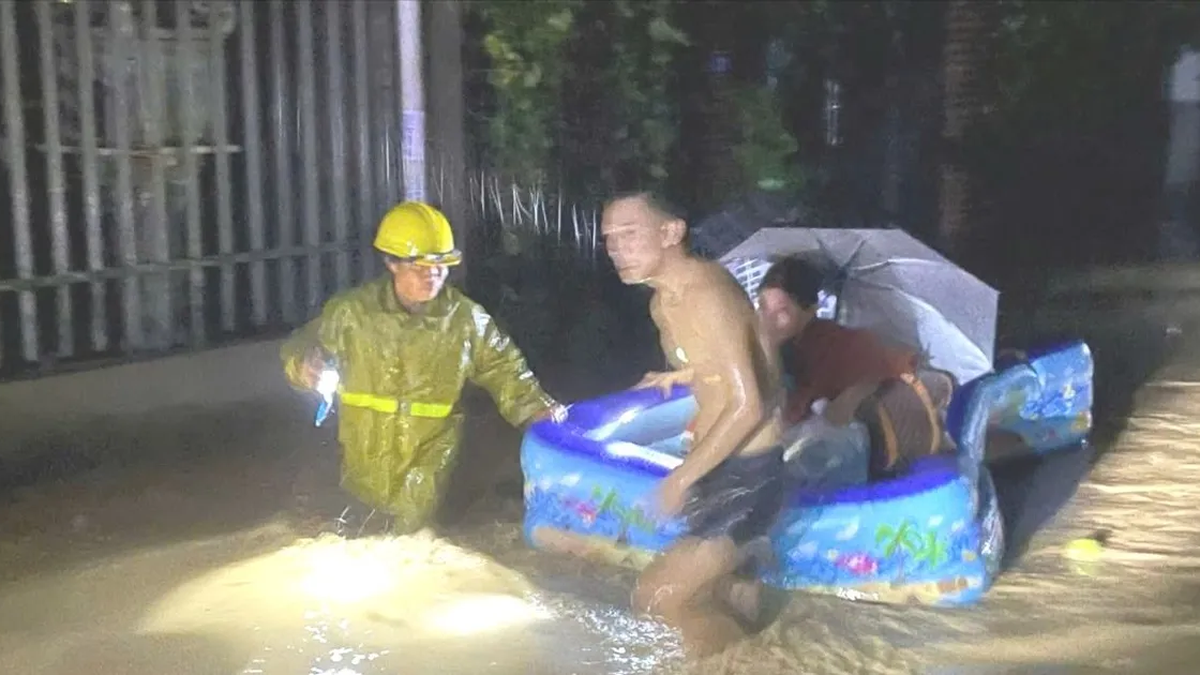























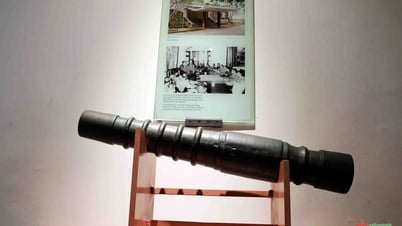



































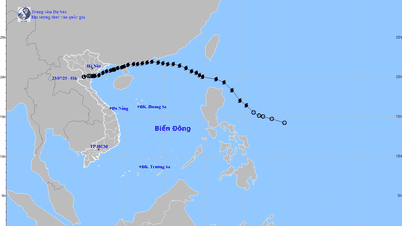


































Comment (0)